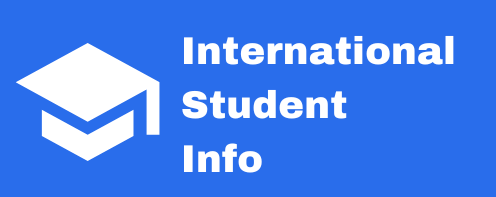With the ongoing evolution in the educational landscape, students looking to study overseas are embracing the flexibility of hybrid learning, a model gaining tremendous popularity in 2023. As global institutions navigate the challenges posed by COVID-19, they are increasingly offering courses that blend on-campus and online education, providing students the best of both worlds.
Understanding Hybrid Learning
Hybrid learning, also known as blended learning, combines face-to-face classroom instruction with online learning activities. This model allows students to benefit from the traditional in-person educational experience while leveraging the flexibility and accessibility of online learning platforms. For international students, this means they can start their studies remotely and transition to on-campus learning when it is convenient and safe.
Benefits of Hybrid Learning for International Students
One of the foremost advantages of hybrid learning is flexibility. Students can manage their schedules better, adapt their learning pace, and balance academic and personal commitments more effectively.
- Cost-effectiveness: Students can save on travel and living expenses while starting their studies online and later transition to on-campus learning.
- Global Opportunities: Institutions worldwide have opened their doors through digital platforms, offering a diverse array of courses previously inaccessible to many international students.
- Skill Development: Hybrid learning facilitates the development of tech-savvy skills critical in today’s job market, such as digital communication and self-discipline.
Trends in Hybrid Learning
Several trends have emerged as hybrid learning becomes more prevalent across universities:
- Increased Adoption of EdTech: The use of various educational technologies, including learning management systems, video conferencing, and digital collaboration tools, has surged to support hybrid education.
- Enhanced Student Engagement: Institutions are focusing on creating interactive online sessions to engage students actively, using forums, virtual labs, and group projects.
- Personalized Learning Paths: Greater data integration allows institutions to offer customized learning experiences, catering to individual student needs, learning styles, and progress.
Countries Leading the Hybrid Learning Trend
United States: Universities like Boston University and Arizona State University have pioneered hybrid learning, offering a mix of on-campus and remote options. The U.S. Department of Education supports this approach, offering guidelines and updates on hybrid course structures.
United Kingdom: Renowned institutions such as the University of Edinburgh have integrated blended learning into their curriculum, promoting flexibility and inclusivity while ensuring academic excellence.
Australia: Universities like the University of Melbourne have adopted hybrid models, allowing students to enhance localized learning experiences while accessing global resources.
For more information on studying in these countries, prospective students should visit their respective official educational websites: the [U.S. Department of Education](https://www.ed.gov/), the [UK government’s education page](https://www.gov.uk/topic/education), and [Australia’s Department of Education](https://www.education.gov.au/).
Challenges and Considerations
While hybrid learning offers numerous benefits, it also presents challenges. Students need reliable internet access and technology, which might not be readily available in all regions. Additionally, cultural and time zone differences can affect the online learning experience.
Universities must ensure support systems are in place to assist international students in navigating these challenges. Policies on travel restrictions, health and safety protocols, and academic support should be clearly communicated.
Conclusion
The hybrid model’s rise reflects a broader shift towards more adaptable and inclusive education systems worldwide. For international students, this approach represents a unique opportunity to engage with global academia, balancing their educational aspirations with emerging social and economic dynamics.
